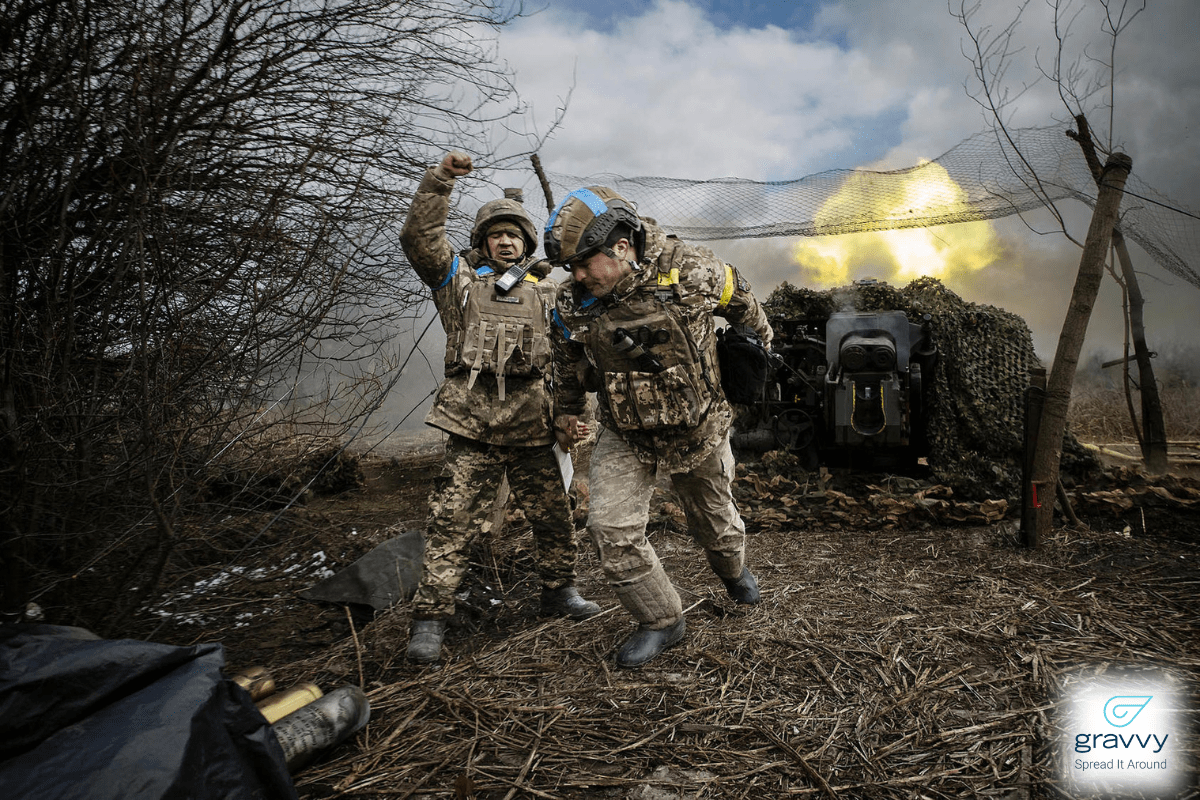
Should Reforestation & Salvage Projects in National Scenic Areas be Expedited After Catastrophic Events Like Wildfires? (H.R. 3715)
Do you support or oppose this bill?
What is H.R. 3715?
(Updated August 27, 2018)
This bill would expedite environmental reviews for salvage logging and reforestation projects in national scenic areas following catastrophic events like wildfires, windstorms, or volcanic eruptions. Proposed response activities would be submitted by the Forest Service within 30 days of the conclusion of a catastrophic event. Environmental reviews would be completed in a 60 day timeframe — 30 days for public scoping and comment, 15 days for filing an objection, and 15 days for the agency to respond to the filing of an objection.
The reforestation goal would be set at 75 percent of impacted lands before the end of the two-year period after the catastrophic event’s conclusion. Response activities could receive a categorical exclusion and be exempt from environmental reviews in areas of up to 10,000 acres that:
Are visible from key viewing areas, as described in the management plan for the National Scenic Area;
Provide screening for human development;
Are part of a municipal watershed;
Contain utility or power transmission right-of-ways.
No Endangered Species Act consultations would be required if response activities are determined “not likely” to adversely affect a listed species or critical habitat by the Secretary of Agriculture. If a consultation is requested by the secretary, it would be completed within 90 days, and if it comes to no conclusion the activities will be considered in compliance with the Endangered Species Act and carried out.
Courts would be prohibited from issuing restraining orders, preliminary injunctions, and injunctions pending appeal related to response activities.
Catastrophic event is defined by this bill as any natural disaster or any fire, flood, or explosion, regardless of cause.
Argument in favor
Salvage logging is a healthy and beneficial part of the reforestation process, and this bill would let that process move more quickly in national scenic areas decimated by wildfire.
Argument opposed
Salvage logging can be very destructive to the environment and shouldn’t be permitted in national scenic areas following wildfires.
Impact
Those who would enjoy national scenic areas after a catastrophic event and the general public; and the Forest Service.
Cost of H.R. 3715
A CBO cost estimate is unavailable.
Additional Info
In-Depth: Sponsoring Rep. Greg Walden (R-OR) introduced this bill to expedite reforestation and salvage operations in national scenic areas following catastrophic events like the ongoing wildfire in the Columbia River Gorge National Scenic Area in a timely manner:
“What we’re trying to do here is clear the bureaucratic decks so that the professionals can do their job and do it quicker. This can all be done following all the environmental laws, but we’ve gotta streamline the timelines -- we have to get to work here as soon as the flames are out and the basic work is done… Too often on our federal lands, the process is such that it could take a year or two, and by that point you’ve lost the value of the timber. And so you lose the financial resource that we need to be able to pay for the restoration work.”
Jim Pena, the Region 6 Regional Forester with the U.S. Forest Service, added:
“You heard people talk about the concern about impacts to salmon, impacts to water quality, the road system in there, the trail system -- those are all things we’re looking at in order to restore the fire area.”
Michelle Lang, the conservation director for Friends of the Columbia Gorge, pushed back against salvage logging plans:
“For more than 100 years we have protected this region from logging. It has experienced wildfire in the past and will in the future. Salvage logging can be very destructive and has no place on public lands in the Columbia River Gorge National Scenic Area or the Hatfield Wilderness Area.”
Of Note: The Eagle Creek Fire was started on September 2, 2017 by a teenager with fireworks in the Columbia River Gorge National Scenic Area in Oregon. It grew to 3,000 acres overnight, forced the closure of Interstate 84 on September 4, and by the next morning had surpassed 20,000 acres. As of September 12, the fire is 35,588 acres and 11 percent contained and I-84 remains closed.
Since it began, the U.S. Forest Service has had to warn eager volunteers in Oregon and Washington against trying to replant the forest on their own. Spokeswoman Shandra Terry told the Statesman Journal:
“There’s a possibility they could be introducing non-native species to the Gorge, they could actually be doing more damage than actually restoring eco-systems in the Gorge.”
A 2016 Forest Service study concluded that “disturbance associated with high-severity wildfire may present a bigger threat than the disturbance associated with salvage logging.” It also questioned whether modest losses in shrub cover due to salvage logging could have been mitigated by salvaging more rapidly, rather than 13-14 months after the wildfire when plants had germinated. The study concluded, pointing to previous research conducted over the last decade with similar findings:
“If future studies continue to not find strong longer-term salvage harvest effects on forest understory vegetation, the debates about pros and cons of postfire management could then narrow to variables such as snag habitat and fuel loading that are unequivocally impacted by salvage harvest.”
Former President Ronald Reagan made the Columbia River Gorge the nation’s second national scenic area in 1986 to “protect and enhance the scenic, cultural, recreational, and natural resources of the Columbia River Gorge.” There are nine national scenic areas, with the Columbia River Gorge joining California’s Mono Basin National Forest as the only west of Michigan.
Media:
Summary by Eric Revell
(Photo Credit: DaveAlan / iStock)The Latest
-
 IT: Trump's 2016 'deny, deny, deny' campaign strategy, and... How can you help the civilians of Ukraine?Welcome to Wednesday, May 8th, weekenders... As Trump's hush money trial enters it's third week, the 2016 campaign strategy of read more...
IT: Trump's 2016 'deny, deny, deny' campaign strategy, and... How can you help the civilians of Ukraine?Welcome to Wednesday, May 8th, weekenders... As Trump's hush money trial enters it's third week, the 2016 campaign strategy of read more... -
 How To Help Civilians in UkraineHeavy shelling and fighting have caused widespread death, destruction of homes and businesses, and severely damaged read more... Public Safety
How To Help Civilians in UkraineHeavy shelling and fighting have caused widespread death, destruction of homes and businesses, and severely damaged read more... Public Safety -
 The Latest: Israel Evacuates Rafah, Palestinian Place of RefugeUpdated May 6, 2024, 12:00 p.m. EST The Israeli military is telling residents of Gaza who have sought shelter in Rafah to read more... Israel
The Latest: Israel Evacuates Rafah, Palestinian Place of RefugeUpdated May 6, 2024, 12:00 p.m. EST The Israeli military is telling residents of Gaza who have sought shelter in Rafah to read more... Israel -
 Trump Hush Money Trial Enters Third Week, Strategy to ‘Deny, Deny, Deny’Updated May 6, 2024, 11:00 a.m. EST The criminal trial to determine whether Trump is guilty of falsifying records to cover up a read more... Law Enforcement
Trump Hush Money Trial Enters Third Week, Strategy to ‘Deny, Deny, Deny’Updated May 6, 2024, 11:00 a.m. EST The criminal trial to determine whether Trump is guilty of falsifying records to cover up a read more... Law Enforcement
 Climate & Consumption
Climate & Consumption
 Health & Hunger
Health & Hunger
 Politics & Policy
Politics & Policy
 Safety & Security
Safety & Security
